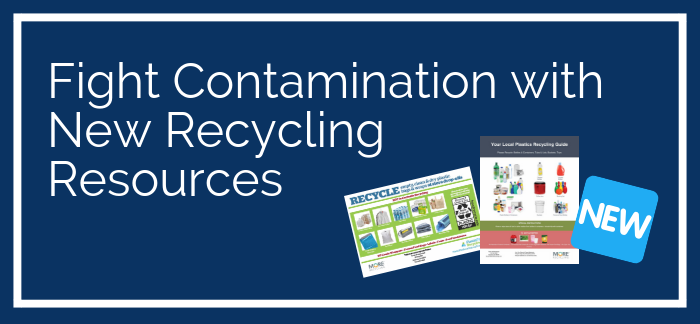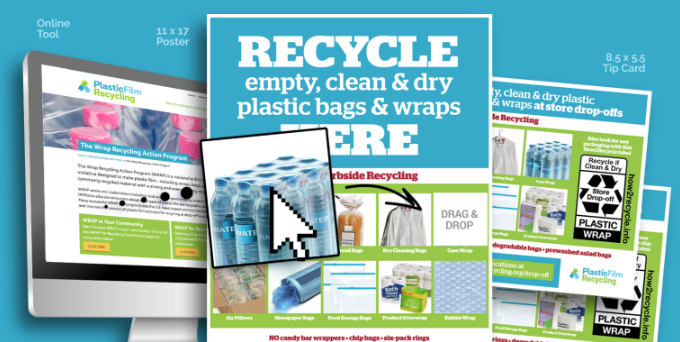Fight Contamination with New Recycling Resources


Guest post written by: Tonya Randell, More Recycling
In 2018, two issues were front and center in the recycling world: markets and contamination. On the surface, they may not seem to be related, but from the industry’s perspective, they are intimately connected. When MRFs or communities look for buyers for their baled commodities, high amounts of unwanted material—or “contaminates”— are a barrier to marketing bales.
In short, when it comes to markets for recyclables, quality matters.
Improving quality begins at the home, and recycling coordinators and educators play a critical role in this. Getting residents to understand what does and doesn’t go in the bin is an integral part of stopping contamination at the source.
There are a few steps you can take to ensure you’re really reaching residents with your education:

Take stock of your own resources
Review all of your education and outreach materials. Try to see the material from your residents’ point of view. Do the materials make sense or are they confusing? Do they reflect what is currently collected for recycling in your community? Are they easy to find on your web and social media properties?

Put your recycling resources where your residents will easily find them.
Put them front and center on your websites, social media properties, community bulletin boards—wherever your residents look for this info.

Make an improved list of accepted and not accepted materials.
Revisit your list of accepted and not accepted materials with the idea to make them easy to understand—use descriptive terminology instead of resin identification codes.
Testimonial
A community in North Carolina used "Plastics #1-7" and did not accept #6 PS. After switching to descriptive terms and images, contamination dropped.
An Easier Way to Build Your Own Educational Materials
We know how hard municipalities work to educate their residents about how to recycle right, especially when it comes to plastics. And we also know that updating recycling education materials can be time-consuming and costly. So, to support communities and educators, two plastics recycling education industry efforts—The Plastic Recycling Terminology and Tools initiative (Terms & Tools) and the Wrap Recycling Action Program (WRAP)—launched free Build Your Own tools to create clear, concise, and attractive education and outreach materials for plastic recycling in your community. The tools use templates, common terms and images that have been vetted and used by other communities across the U.S. The templates were designed to help you create your own unique educational materials without having to spend a lot of effort on the design piece.
Easy Customization
Professional Education for Plastics Recycling
These resources are designed to complement each other. When you use clear education about what to recycle curbside (Terms & Tools) and how to properly recycle bags and film at local retailers (WRAP), you help reduce confusion, save budget by leveraging free resources, and better support your recycling partners of haulers, MRFs and markets.
To learn more about the tools, and to start creating your new recycling educational materials, check out RecycleYourPlastics.org/Terms-Tools and PlasticFilmRecycling.org/Customize.


